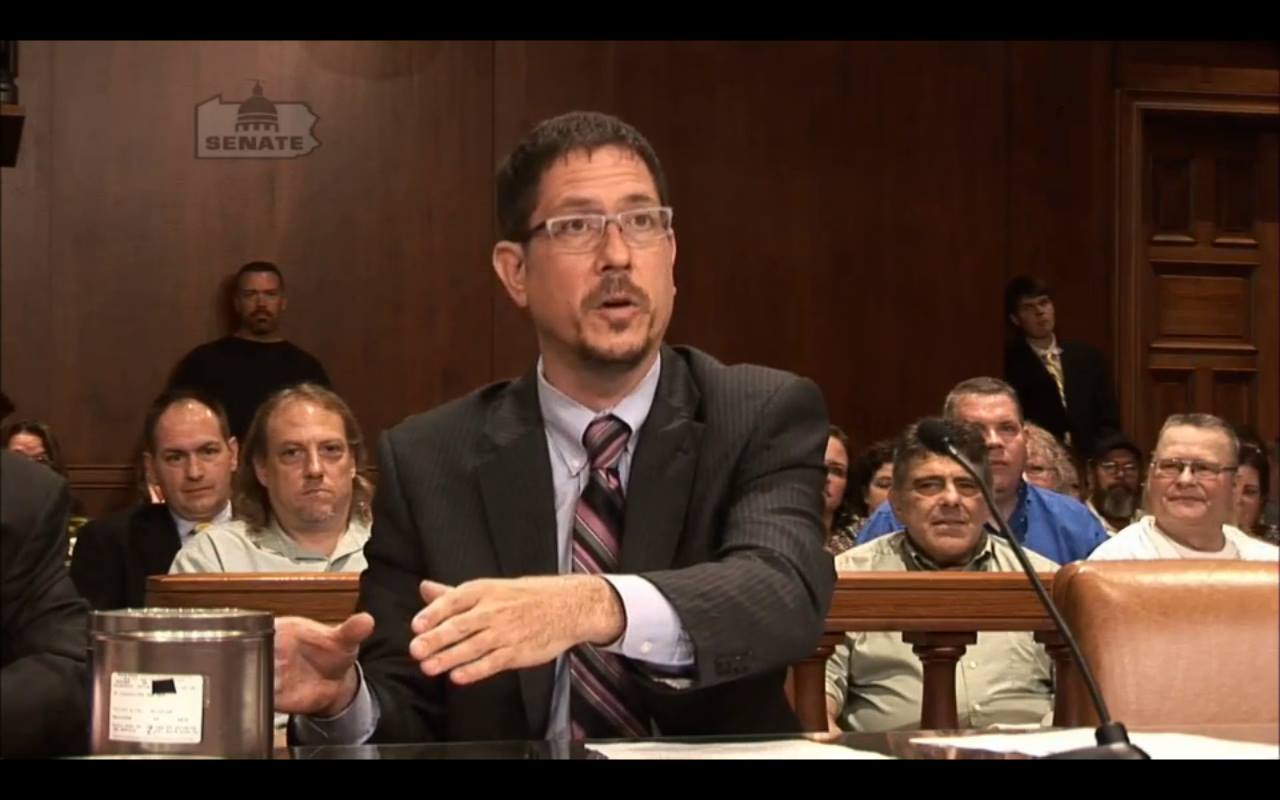Best Federal Appeal Lawyers: Getting Justice in Federal Appeals
Best Federal Appeal Lawyers: Getting Justice in Federal Appeals
Blog Article
Demystifying the Refine of Federal Appeals: What You Required to Know
Navigating the detailed realm of federal charms can usually look like passing through undiscovered waters for those not familiar with the procedure. Understanding the nuances of appellate court jurisdiction, the ins and outs of submitting a notification of allure, offering a compelling brief, and making a convincing dental disagreement are crucial parts that can substantially affect the end result of a situation. By untangling the layers of intricacy bordering government appeals, individuals can get a more clear insight into the systems that regulate this critical point of the legal system.
Understanding Federal Appeals Process
Digging into the elaborate realm of the federal allures process reveals a methodical and structured journey through the judicial system - hawaii federal appeal lawyers. Federal charms offer as an important mechanism for reviewing choices made by reduced courts. Comprehending this process is essential for any person associated with legal process at the federal degree
The process usually starts with a party dissatisfied with a reduced court's judgment submitting a notification of charm. This causes a review by a higher court, where a panel of courts analyzes the legal arguments provided by both events. Briefs laying out the legal reasoning behind each celebration's placement are sent, and oral arguments may be heard to make clear intricate concerns.
The appellate court's choice is based on a thorough examination of the lower court's proceedings and the arguments provided. Once the appellate court reaches a choice, it can verify, reverse, remand, or modify the lower court's ruling, providing clarity and finality to the lawful dispute.
Appellate Court Territory Clarified

Appellate courts have territory over particular types of cases, usually those including legal errors, procedural concerns, or inquiries of legislation instead of valid disputes. The territory of appellate courts is usually detailed in laws and laws that govern the court system. Recognizing appellate court territory is critical for events associated with the charms procedure as it determines whether a situation is eligible for testimonial and the level to which the appellate court can intervene in the reduced court's choice.
Filing a Notice of Appeal
The first action in beginning the federal appeals process involves filing a Notice of Appeal with the ideal appellate court. utah federal crime appeals lawyers. This critical document officially alerts the court and the various other events entailed in the instance that the appealing event means to seek an evaluation of the lower court's decision. Submitting a Notification of Allure is a stringent procedural demand that sets the appellate process in activity
When preparing the Notification of Charm, it is necessary to make sure compliance with the particular rules and standards of the pertinent appellate court. The paper should generally include details such as the situation name, the lower court's name, the day of the judgment being appealed, and a succinct statement indicating the premises for the charm.
When submitting a Notice of Appeal,Timeliness is of the essence. Missing the deadline for submitting this document can result in the charm being rejected, highlighting the significance of accurate and punctual initiation of the appeals procedure. It is recommended to seek legal guidance to browse the intricacies of submitting a Notice of Appeal effectively.
Briefing and Dental Debate
In the appellate process, offering written briefs and participating in oral arguments play crucial duties in promoting for the appealing celebration's position prior to the appellate court. Briefs are thorough legal files that outline the celebrations' arguments, legal authorities, and evaluation supporting their settings. These composed entries offer the court with a comprehensive understanding of the facts of the instance, the appropriate regulation, and why the appealing party believes the reduced court's choice should be reversed.
Adhering to the entry and review of the briefs, oral debates provide the parties a chance to further clarify their settings, attend to any kind of questions the appellate judges may have, and emphasize bottom lines from their written briefs. Oral disagreements are an opportunity for the lawyers to encourage the judges with spoken campaigning for and feedbacks to inquiries from the bench.

Getting the Appellate Court Choice

Final Thought
Comprehending the appellate court territory, submitting a notification of appeal, preparing briefs, and presenting dental disagreements are all vital parts of this process. Ultimately, getting the appellate court choice can supply quality and resolution to lawful disagreements.
As we proceed from comprehending the federal allures process to studying the complexities of appellate court territory, an essential facet comes to light relating to Read Full Report the authority and limits of these greater courts in the legal landscape. Appellate court jurisdiction refers to the extent of situations that a certain appellate court has the power to determine and assess upon. Unlike test courts that hear instances for the first time, appellate courts are restricted to reviewing choices made by reduced courts. Understanding appellate court territory is crucial for celebrations entailed in the appeals procedure as it determines whether a situation is eligible for review and the degree to which the appellate court can intervene in the reduced court's choice.
Whether the appellate court verifies, reverses, or remands the reduced court's choice, understanding the implications of the judgment is vital for all celebrations involved in the appellate procedure.
Report this page